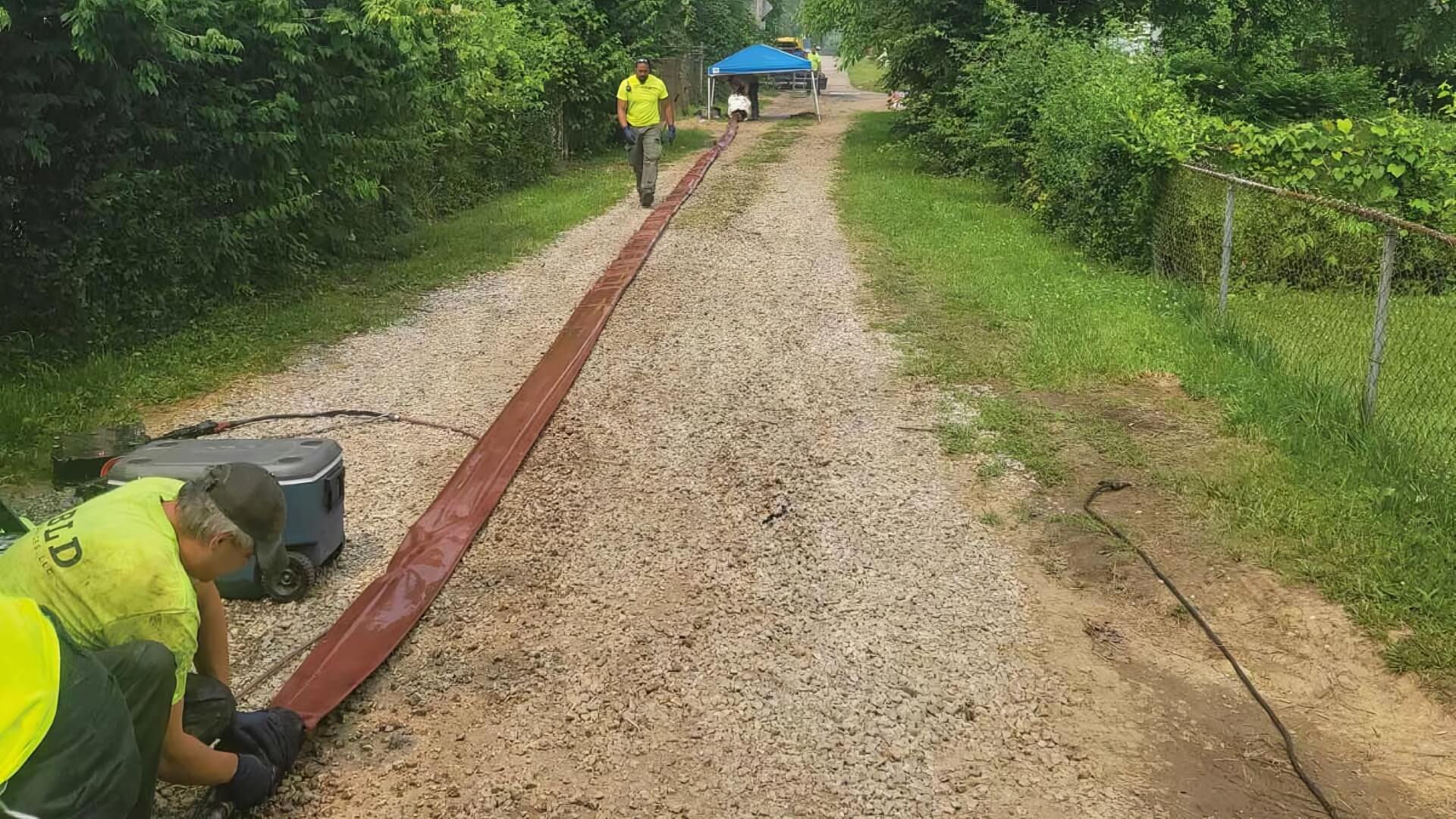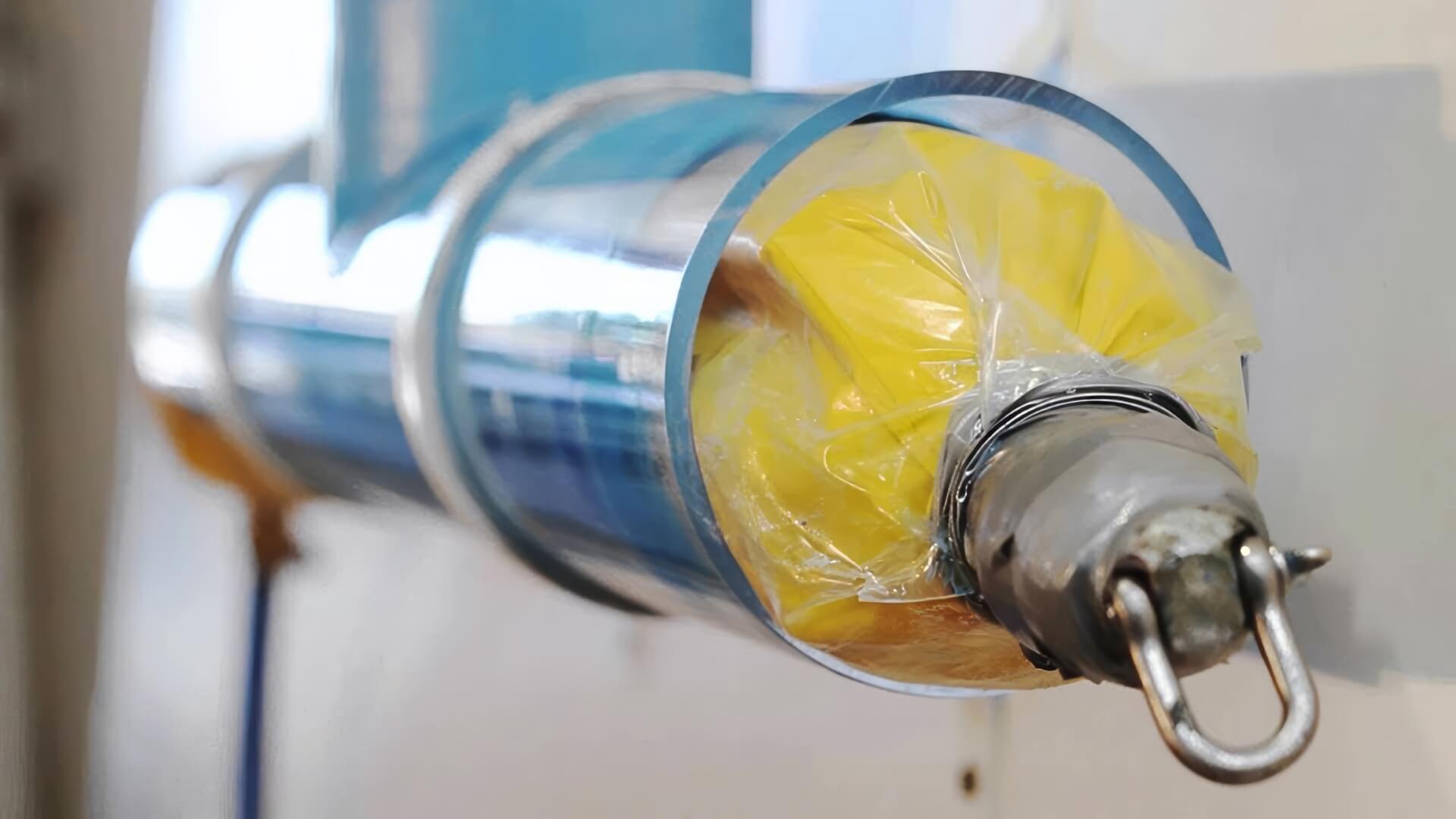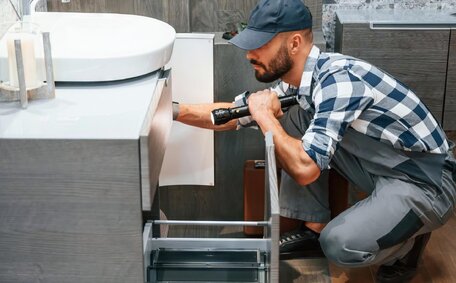Identifying Hot Water System Problems
Several indicators suggest problems with your hot water system:
- No hot water coming from taps - If there is no hot water at all, it likely indicates issues with the heater itself, pipes/valves, or the power supply.
- Water temperature that is too hot or fluctuating could indicate a faulty thermostat not regulating properly.
- Discoloured water - Rusty, brown, or dirty water suggests corrosion and sediment build-up inside the hot water system.
- Strange noises from your heater - Knocking, rumbling or banging noises can signify common water heater issues like malfunctioning heating elements or an inadequate expansion tank.
- Leaks around your water heater or connections, which might suggest gas supply issues, indicate worn components that require repair or replacement.
- Low water pressure - Mineral deposits or build-up in pipes and valves that cause them to narrow can result in a weak flow from your hot water tap.
- Higher energy bills could signal hot water issues, often due to increased usage or system inefficiencies.
Regular maintenance and monitoring of water usage can help maximise the lifespan of modern water heaters and maintain warranty coverage. Nevertheless, 10-15 years is the common lifespan benchmark for hot water heaters and related residential hot water units. Early identification of problems often leads to less costly solutions, avoiding the need for a full unit replacement.
No Hot Water
Several common problems could be the reason for insufficient hot water:
- Insufficient system capacity - If your system is too small to supply hot water for household needs, it may not keep up with the demand.
- Faulty thermostat - If a thermostat isn’t working properly, it will not heat water to the correct temperature.
- Sediment build-up - Heavy limescale deposits within the tank and pipes can restrict water flow and limit hot water.
- Wear and tear - As systems age, components such as the heating element tend to degrade, delivering less hot water.
Review your hot water usage to confirm the storage tank capacity aligns with the average 16-20 litres per person needed. Consider a continuous flow system for higher demands if your current unit is undersized.
You could also inspect components like thermostats, heating elements and water filters for faults. If your correctly sized and maintained system still fails to supply sufficient hot water, you might need to replace it.
Not Enough Hot Water
There are several key reasons you may not have enough hot water from your system:
- Worn heating elements - Degraded heating elements in your electric hot water system will not heat water properly.
- Sediment build-up - Heavy limescale and mineral deposits in the tank and pipes restrict water flow.
You can also inspect electric heating elements and light pilot for wear and corrosion. Ensure your water heater pilot flame is active to maintain your instant gas hot water system’s efficiency.
Water Temperature Too Hot or Too Cold
If the hot water from your taps is dangerously hot or uncomfortably cold, the thermostat controlling your hot water system likely needs adjusting.
For safety, the most common water temperatures should be heated to 50-55°C in electric systems and 60°C in gas water heater systems. This kills germs but minimises scalding risks. However, at the tap thanks to cool water mixing, you want a much lower 38-43°C.
Check your tap water temperature to ensure your system’s thermostat is set accurately. Adjust the tempering valve on gas systems to balance hot and cold water for optimal temperature regulation.
Check your hot water system’s manual for specific adjustment guidance.
Should thermostat adjustments not achieve safe water temperatures, enlist a licenced plumber to install a calibrated thermostatic mixing valve to suit your household.
Other worn components or signs of corrosion and sediment might necessitate a complete hot water system upgrade, indicating a reduced system lifespan.
Water Heater Leaking
There are several potential causes for a water heater leaking:
- Loose connections - Vibration and thermal expansion/contraction can loosen pipes, causing leaks. Verify and ensure your pipes connect solidly to the water tank, examining the valves and fittings to ensure nothing is amiss.
- Faulty temperature relief valve - If the leak is coming from the temperature relief valve connection you will likely need to replace it as the valve is stuck open.
- Internal hot water tank leaks - If you find water pooling under the tank, you’ll need to investigate as this indicates cracks or corrosion inside it. Age, sediment build-up and high water temperatures contribute over time.
- External corrosion - When a leak appears coming from the external tank surface or base, it means the tank is corroded and needs replacing.
If you suspect a water issue, immediately shut off the cold water line to your heater and disconnect the power supply; consult a gas professional. To prevent flooding and contain the leak, drain leftover hot water into buckets.
Plumbers can affordably and promptly replace temperature and pressure relief valves and fittings. Experts can determine if internal rust compromises your water system, potentially requiring comprehensive repairs or a complete overhaul. Contact a plumber to address the leak promptly, as neglecting it can lead to extensive property damage.
Noisy Water Heater
There are a few common reasons why your hot water system may be making strange noises:
- Sediment buildup - The accumulation of mineral deposits and limescale on components can lead to overheating noises like rumbling, cracking or banging sounds.
- Thermal expansion - As water expands in volume during heating cycles, it places stress on the system’s components if an appropriate expansion tank is absent, leading to possible malfunctions. This causes knocking noises.
- Water hammer - When water valves abruptly start/stop flows, it causes pressure surges through pipes sounding like hammering noises.
Flush your hot water system yearly to eliminate sediment and prevent early system failure. If missing, install an expansion tank; water hammer arrestors can alleviate pressure surge noises.
Seemingly minor noises can indicate underlying issues, warranting a plumbing professional’s assessment. Catching problems early prevents more expensive repairs down the track.
Rusty, Smelly, or Discolored Water
Rusty, brown, or dirty-looking water comes out of your taps, it is a sign your hot water system is experiencing internal corrosion.
It is widely recognised that, as water sits for extended periods within metal tanks and pipes, sediment and minerals accumulate. Electrolytic corrosion can degrade interior metal surfaces over time as a result of these deposits.
When tanks develop an internal rust coating and steel components start to weep, they can leach particulate into the water supply, causing discolouration.
Meanwhile, the dark, oxygen-deprived environment inside ageing tanks also promotes bacteria growth. As biofilms develop, smelly volatile organic compounds contaminate outgoing hot water.
Start by having a licenced plumber inspect your system and the water, then they can assess deterioration levels through visual examination and electronic thickness gauging.
Annual tank flushing and anode rod replacement as part of regular maintenance reduce corrosion, thereby extending the system’s lifespan. A full system replacement is necessary when corrosion and bacterial contamination render water quality unacceptable.
Low Water Pressure
There are several potential causes of low water pressure from your hot water system:
- Blocked pipes or valves - Mineral deposits and sediment accumulation can restrict internal components, limiting water flow.
- Partially closed isolation valve - Ensure all isolation valves and tempering valves in your system are fully open to maximise flow.
- Undersized pipes - Getting insufficient water supply to the tank due to narrow pipes unable to meet demand.
- Regularly replacing worn water pressure relief valves, ideally every 5 years, can prevent faulty valves from draining water and pressure.
Inspect your plumbing for obvious clogs or flow restrictions. Run taps on full to check water pressure strength. Consult a professional to find out whether a problem your hot water pressure is facing could be due to interior blockages.
Left unchecked, low pressure issues in your system could precipitate temperature regulation and performance problems. Addressing underlying causes like worn valves restores proper pressure and flow.
Preventing and Maintaining Hot Water Systems
There are several preventative maintenance steps you can take to maximise your hot water system’s operational life and efficiency:
Flush The System
Each year, drain and flush your gas hot water system tank using a hose to remove accumulated sediment and minerals. Doing so reduces corrosion and overheating risks.
Check And Replace Anodes
Inspect the sacrificial anode rod, as these are some most common components needing replacement, in your tank every 2-3 years since they erode over time. Replacing degraded anodes is inexpensive and greatly reduces internal corrosion of the tank.
Insulate Pipes
Properly insulate the pipes connecting your hot water unit to other gas appliances to minimise heat loss and boost efficiency. This improves energy efficiency and can increase water output.
Inspect Expansion Relief Valves
Check temperature and pressure relief valves near your tank to cut off water correctly during thermal expansion incidents, keeping your system working optimally. Faulty valves, like a malfunctioning flow sensor, should be replaced.
Annual Service Checks
While completing basic maintenance yourself helps, an annual hot water service by a licenced technician provides a detailed inspection for developing faults. They can assess components like heating elements, anodes, valves and thermostats for wear before problems arise.
Catching minor issues like heat exchanger faults early prevents more expensive system failures down the track. It also ensures your household has an uninterrupted supply of hot water.






